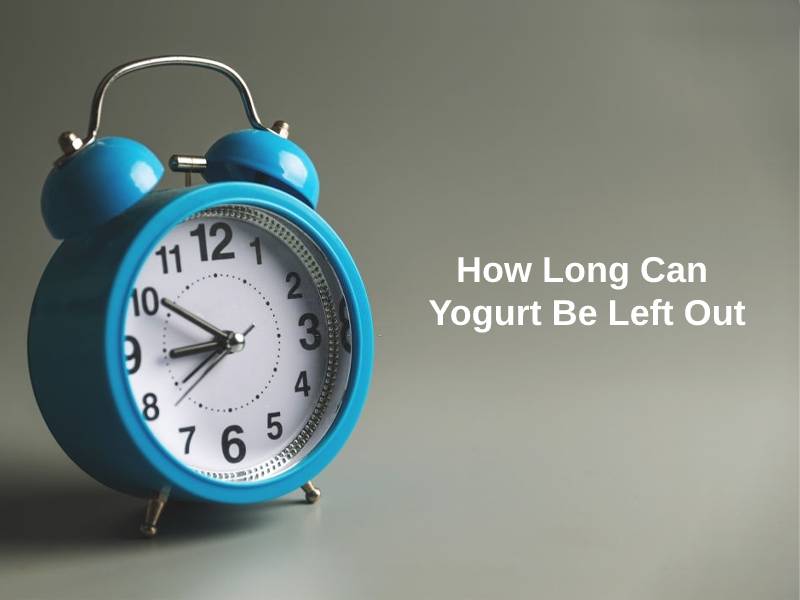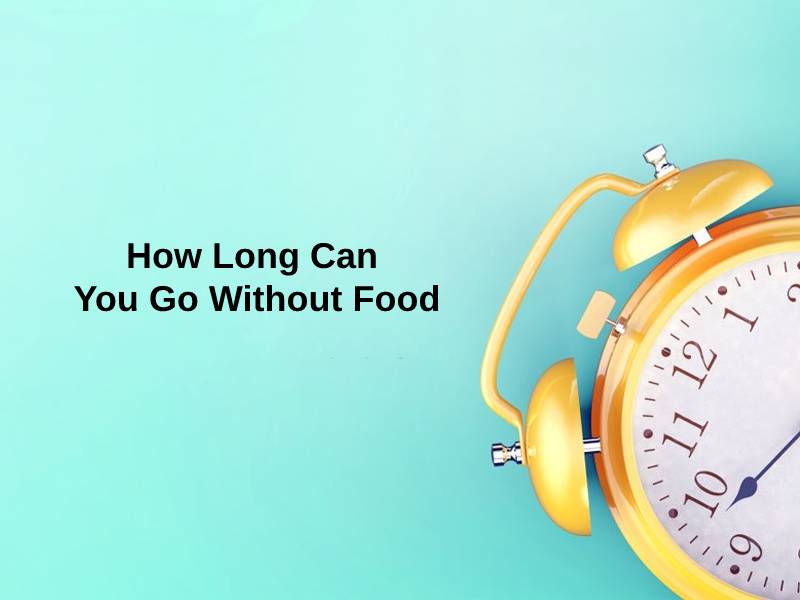Exact Answer: 4 Hours
The danger zone is the temperature range in which germs grow at their fastest on food. Food temperatures between 41 and 135 degrees Fahrenheit are considered dangerous, according to ServSafe guidelines.
Bacteria may proliferate at any degree in the danger area, but the best conditions for bacterial development are somewhere between 70 and 125 degrees F. The longer food rests in the temperature danger zone, the more bacteria is likely to develop on it.
Allowing meals to remain in the dangerous temperature range of 41 to 135 degrees Fahrenheit is referred to as time-temperature abuse. Foodborne disease is caused by a variety of factors, including cross-contamination and temperature abuse.

How Long Can Food That Requires Time-Temperature Control Be Left In The Danger Zone?
| Limit For Ready Meals In Danger Zone | Duration |
| Minimum | 2 Hours |
| Maximum | 4 Hours |
Bacteria may develop to toxic levels and cause food to spoil if items are permitted to approach the temperature danger zone. This type of harmful bacteria growth can develop without any visible signs that the food is harmful to eat.
Foods may smell and appear normal, yet they may contain dangerous levels of bacteria that cause food poisoning. This is why the temperature danger zone is so critical.
It is your obligation as a food service professional to keep foods out of the danger zone by using permitted procedures to refrigerate, heat, and store them. According to ServSafe, the max duration of ready-to-eat meals can be in the temperature risk zone is 4 hours.
Foods must be tossed away after the four-hour time limit has passed. Foods can be consumed, reheated, or refrigerated within the 4-hour time restriction to bring them back to food-safe temperatures.
By checking temperatures every two hours, you’ll have a larger opportunity to take any necessary remedial action. Every four hours, you should monitor the temperature of your warm or cold holding food.
If you check every two hours instead, you’ll have ample time to take corrective measures if the food has reached the danger zone.
You may prevent the spread of hazardous germs and remove food waste by simply re-heating or re-chilling the damaged items before bacteria has a chance to spread by keeping an eye on their interior temperatures.
Kitchen thermometers are essential for keeping items out of the danger zone when it comes to temperature. You may avoid goods becoming time-temperature abused by frequently monitoring and tracking food temperatures. While preparing, cooking, and storing food on your food line or salad bar, this is critical.
Why Does Food That Requires Time-temperature Control Be Left In The Danger Zone For That Long?
The Food Standards Agency (FSA) defines the danger zone as 8 to 60 degrees Celsius, which is the temperature range you should keep your food away from. This means that food is safest when frozen, chilled, or cooked above 60 degrees Celsius.
However, we advise that meals be heated beyond 70°C to kill bacteria even more effectively. Bacterial growth is considerably slowed at temperatures below 8 °C; the colder it is, the more difficult it is for bacteria to multiply.
Refrigerated foods should be maintained below 5 degrees Celsius as a best practice. It’s also worth noting that freezing food does not kill microorganisms. As a result, any defrosted food requires additional processes, such as cooking, to verify that it is safe to eat.
At temperatures as low as -5 °C, some germs can continue to multiply, hence why you must always be cautious when receiving frozen supplies. You should cook from the freezer if it is possible to do so, as this will reduce the amount of time food spends in the danger zone.
You must defrost food products that require defrosting before cooking (ready meals or raw meat) gently in a cool environment, such as a refrigerator.
Getting frozen food to a chilled temp ensures that the food stays safe and out of the danger zone. Foods that need to be chilled, such as dairy or cooked meat, must also be maintained at a safe temperature. The ideal temperature range for a refrigerator is 1 to 5 degrees Celsius.
Conclusion
Time and temperature abuse of TCS (food needing time and temperature regulation for safety) foods is a leading source of foodborne illness. Any moment TCS foods are in the temperature risk zone, 41 to 135 degrees F, they are abused in terms of time and temperature.
Pathogens have more time to thrive the longer food is exposed to harmful temperatures. The goal is to keep TCS food from being exposed to harmful temperatures for as long as possible.
Food that has been stored in this temperature range for longer than four hours must be thrown. It’s better to check the temperature every two hours and make adjustments as needed.




















